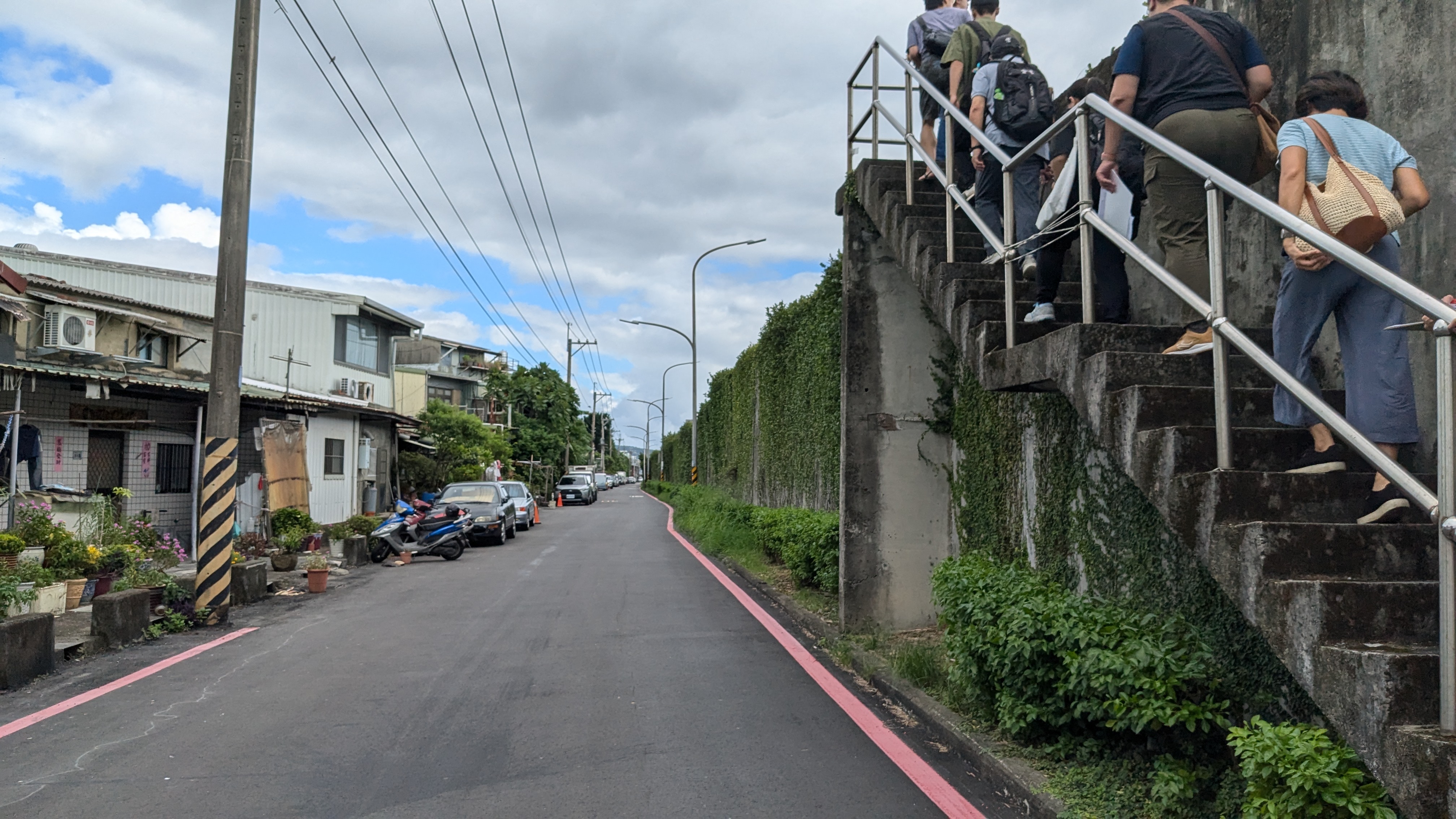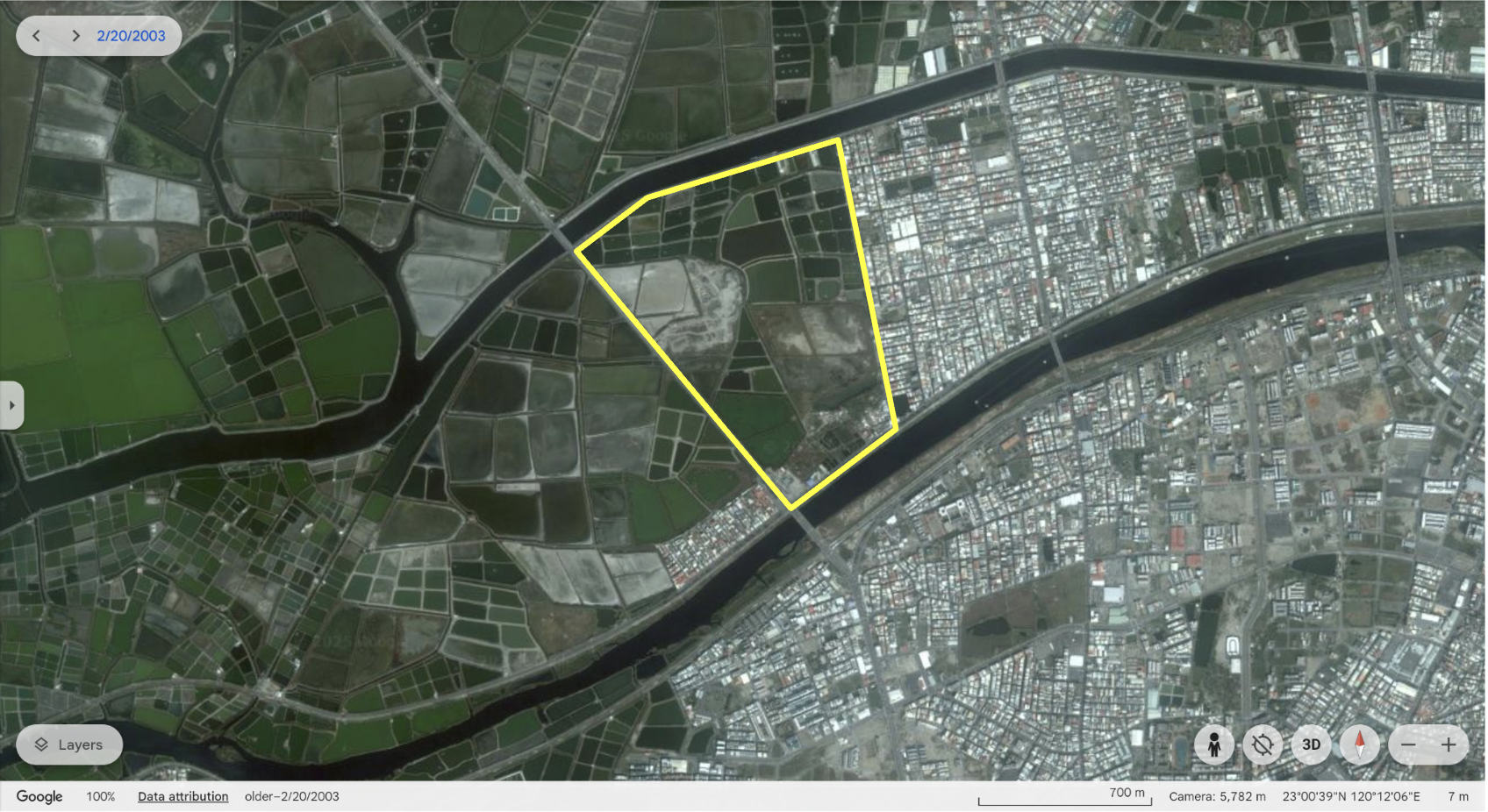Learning from Taiwan's Adaptation to Climate Risk
2024-2025
Taiwan is one of the most flood-exposed countries in the world. Over the past several decades, it has developed an extensive flood risk reduction infrastructure system, overcoming the challenges posed by a highly complex, varied, and fragmented property system. For instance, levees in the capital city of Taipei provide 1-in-200 year return period protection, while drainage systems can manage up to 78mm of rain per hour, which far exceeds the levels of rainfall that have devastated parts of Europe and the United States in recent years. This research project, conducted during 2024-2025 with the support of the Fulbright Foundation of Taiwan, explores how the government navigated the difficulties of land and property rights in this process, how this has shaped the relationship of cities to water, the impacts on social justice, and the implications for future adaptation to climate impacts.
Seeing from Below - Eroding Community Approaches to Adaptation over Time
One stream of research compares the evolving land relations and property rights of Han and Indigenous communities living in places with dynamic environmental conditions. This research is conducted in collaboration with Dr. Kuei-Hsien Liao at National Taipei University and Dr. Shumei Huang at National Taiwan University. The first case concerns Shezidao, a peninsula in Taipei at the confluence of two rivers. The other two cases concern Paiwan and Rukai Indigenous communities in southern Taiwan that have been repeatedly relocated out of the mountains by the Japanese, Kuomingtang, and democratic government following Typhoon Morakot in 2009. This research puts into conversation the experiences of Taiwan’s Han Chinese and Indigenous Tribes to show how these dialectical cases share similarities in traditional adaptations to environmental dynamism as well as subsequent experiences in the erosion of their land rights and land relations. Together, these cases suggest that adaptation in Taiwan’s environmentally fragile places has eliminated plural ways of living with risk and come come at the cost of the land rights and land relations of its most marginalized residents.

View of levee + flood wall in Shezidao, Taipei (Linda Shi)

View from top of levee bike path in Shezidao, overlooking the previous elevations of the levee as it steps down towards the Tamsui River in Taipei (Linda Shi)
Seeing from Above - The Future of Land Readjustment and Zonal Expropriation
A second project examines Taiwan's use of land readjustment and zonal expropriation to amass the land necessary for urban flood risk infrastructure. This research is conducted with Dr. Hsi-Chuan Wang at National Chenggong University. We explore how the cities of Taipei (in the north) and Tainan (in the south) built and financed their flood risk reduction infrastructure using these tools and how climate change is impacting this framework of infrastructure development. Within each city, we draw on recently completed or ongoing projects to explain how these tools work in practice and how they impact different types of communities. These cases demonstrate how these tools help collectivize land and share risks and property value benefits across societal sectors so as to feasibly pay for flood infrastructure on a large scale. However, the nature of these tools and their problematic implementation raise clear problems of social equity, environmental sustainability, and long-term financial feasibility.

Outline shows Jiufenzi in Tainan with fish ponds in 2003, before it was redeveloped (Google Earth)

Outline shows the redeveloped Jiufenzi as of 2024 (Google Earth)
The Value of Comparative Urbanism


